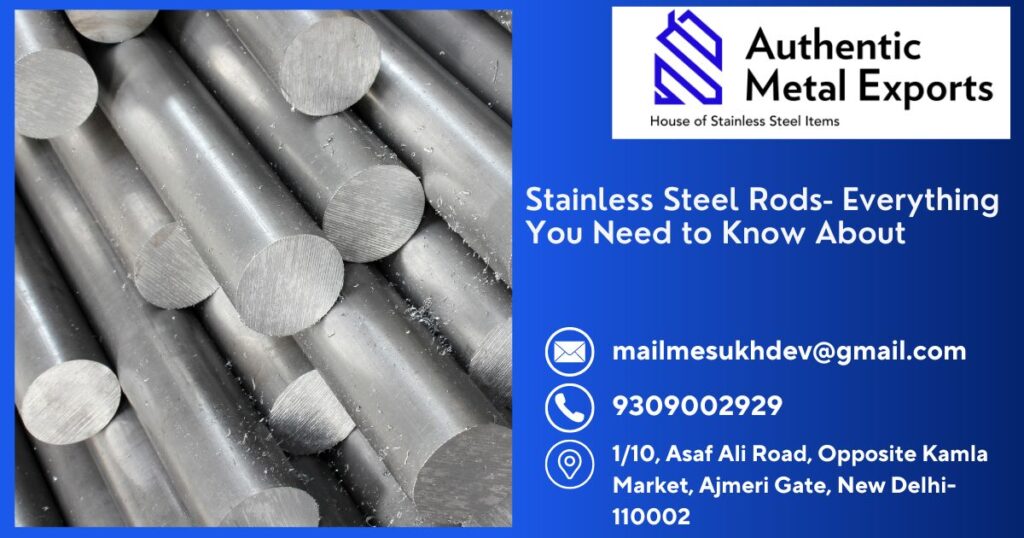Martensitic stainless steel is a type of steel that is known for its high strength, hardness, and wear resistance. It is also known as hardenable stainless steel it is composed of iron, carbon, and chromium, and is widely used in various industrial applications.
Strengths of Martensitic Stainless Steel
1. High hardness and wear resistance
2. Good strength-to-weight ratio
The high strength-to-weight ratio of hardenable stainless steel makes it suitable for applications that require strength and durability while minimizing weight.
3. Excellent machinability
4. Magnetic properties
Unlike other types of stainless steel,hardenable stainless steel is magnetic, which makes it useful in applications that require magnetic properties.
5. Low cost compared to other stainless steels
Hardenable stainless steel is generally less expensive than other types of stainless steel, making it a cost-effective option for many applications.
Weaknesses of Martensitic Stainless Steel
1. Limited corrosion resistance
2. Poor weldability
Hardenable stainless steel is known for its poor weldability, which can result in cracking and reduced mechanical properties. It requires careful preheating, welding, and post-weld heat treatment to minimize these issues.
3. Susceptibility to cracking
Hardenable stainless steel is prone to cracking due to its high hardness and limited ductility. It is important to avoid excessive deformation and stress during fabrication to prevent cracking.
4. Limited formability
5. Not suitable for high-temperature applications
Hardenable stainless steel is not suitable for high-temperature applications due to its limited oxidation resistance and susceptibility to embrittlement.
Properties of Martensitic Stainless Steel
1. Composition and structure
2. Mechanical properties
Hardenable stainless steel has high strength, hardness, and wear resistance, with limited ductility and toughness. It has a high yield strength and tensile strength, with a low elongation at break and impact strength.
3. Physical properties
Hardenable stainless steel has a density of around 7.8 g/cm3, with a thermal expansion coefficient of 10-12 /°C and a thermal conductivity of around 25 W/mK.
4. Corrosion resistance
Hardenable stainless steel has limited corrosion resistance compared to other types of stainless steel, with susceptibility to pitting and crevice corrosion in chloride-containing environments.
Applications of Martensitic Stainless Steel
1. Cutlery and knives
2. Turbine blades and bearings
3. Valve components
4. Springs and fasteners
5. Automotive parts
Hardenable stainless steel is used in automotive parts such as exhaust systems and suspension components due to its high strength and corrosion resistance.
Conclusion
Understanding these properties is important for selecting the appropriate material for a specific application.
Authentic Metal Exports
Address :– 1/10, Asaf Ali Road, Opposite Kamla Market, Ajmeri Gate, New Delhi- 110002
Call Now: 9309002929
Chat on WhatsApp:- 9309002929, 9289792929







Pingback: The Ultimate Guide To Stainless Steel Grades In India